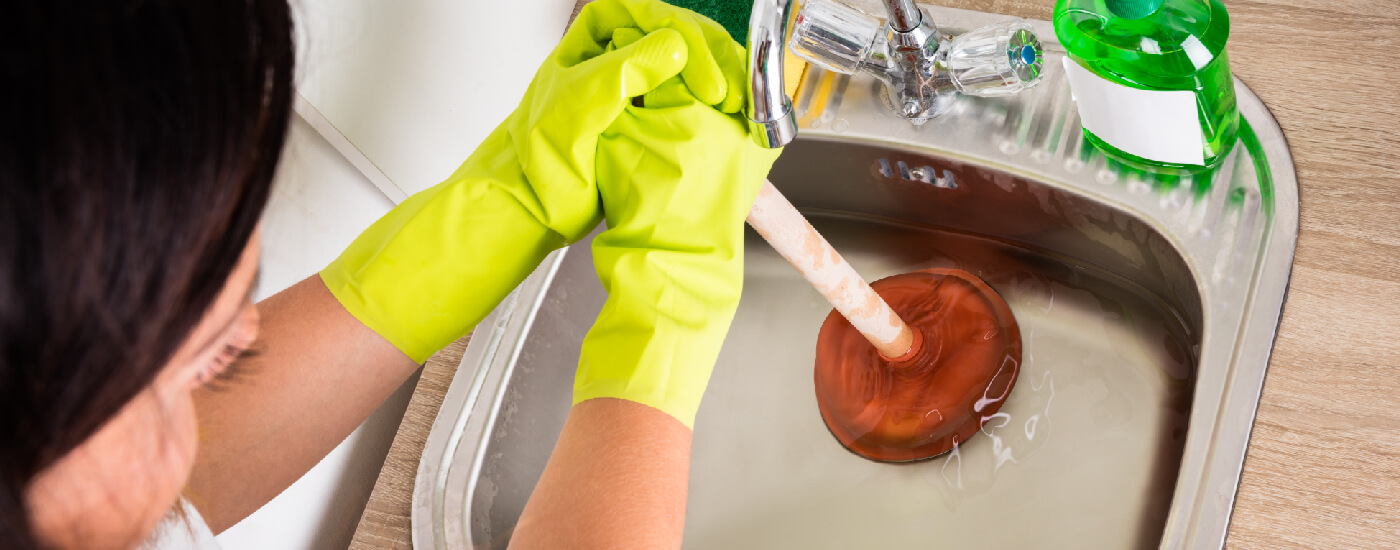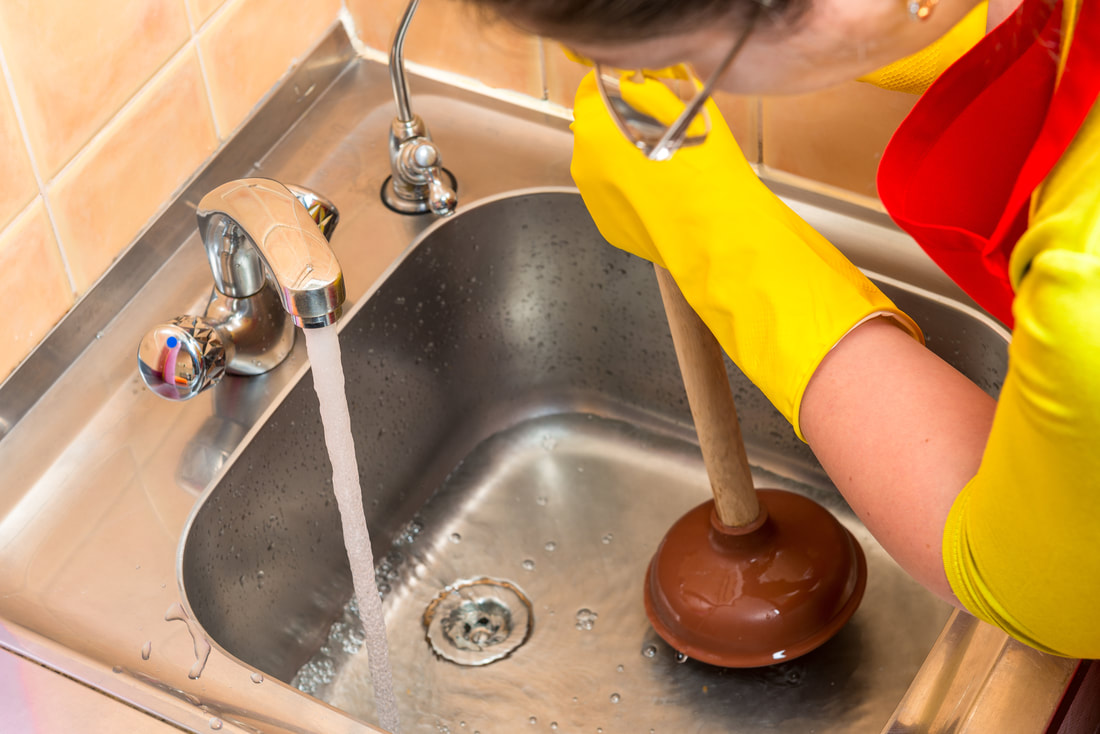Successful Plungers and Drain Cleaner Methods: Key Practices
Successful Plungers and Drain Cleaner Methods: Key Practices
Blog Article
This post on the next paragraphs relating to Tips on How to Effectively Use a Plunger is fairly motivating. Give it a go and make your own assumptions.

Intro
Correct maintenance of house drains is necessary for avoiding blockages and making sure smooth water flow. One of the key tools in every property owner's toolkit is the bettor, together with different drain cleansers made to deal with stubborn obstructions successfully. This post checks out exactly how to use plungers and drain cleansers properly to keep your drains flowing freely.
Section 1: Comprehending Bettors
Types of Plungers
There are several types of plungers readily available, each created for various kinds of drains pipes and clogs. The most usual types consist of cup bettors, flange plungers, and accordion plungers.
Just How Plungers Work
Plungers service the concept of creating stress and suction to remove blockages. When properly applied over a drainpipe, they create a vacuum that can take out debris or separate blockages.
Picking the Right Bettor
Choosing the right plunger depends on the sort of drainpipe and the nature of the obstruction. Mug bettors are perfect for sinks and tubs, while flange bettors are much better fit for commodes because of their style.
Common Blunders with Bettors
Preventing these errors guarantees effective plunging: inappropriate seal around the drain, insufficient pressure, and unclear surrounding particles.
Section 2: Making Use Of Plungers Properly
Preparation
Prior to plunging, make certain the plunger covers the drainpipe entirely and develops a limited seal. Clear any noticeable debris around the drain opening.
Method
Beginning with gentle diving motions to develop suction. Rise stress slowly, using a constant rhythm. Repeat as needed till the drainpipe gets rid of.
Troubleshooting Tips
If plunging doesn't function, attempt changing the seal, using petroleum jelly for a better seal, or making use of a different kind of plunger.
Area 3: Comprehending Drainpipe Cleaners
Kinds Of Drainpipe Cleaners
Drain cleaners can be chemical or enzymatic. Chemical cleansers make use of strong chemicals to liquify clogs, while chemical cleansers make use of natural enzymes to break down raw material.
How Drain Cleansers Job
Chemical cleaners respond with clogs to dissolve them, while enzymatic cleaners break down organic materials like hair and grease without harming pipes.
Safety Factors to consider
Always wear handwear covers and eye defense when utilizing chemical drain cleansers. Ensure sufficient air flow and follow manufacturer instructions very carefully.
Eco-Friendly Alternatives
Take into consideration using vinegar and baking soda or enzyme-based cleaners for environmentally friendly choices that are much safer for pipelines and the atmosphere.
Section 4: Using Drain Cleaners Efficiently
Application Techniques
Put chemical cleansers straight right into the drain opening. Allow them to benefit the recommended time before purging with warm water. Chemical cleansers should sit overnight.
Safety measures
Stay clear of blending various sorts of cleansers, as this can generate toxic fumes. Never use chemical cleaners along with a plunger, as splashing can occur.
Handling Stubborn Clogs
For persistent obstructions, take into consideration making use of a pipes snake or calling a professional plumber to stop damages to pipelines.
Final thought
To conclude, understanding exactly how to utilize plungers and drain cleansers effectively is necessary for maintaining healthy and balanced pipes systems. By picking the right devices and methods, home owners can tackle small clogs and stop major plumbing problems down the line.
How To Properly Use A Plumbing Snake To Clear Drains
When any drain clogs in our home arise, we tend to gravitate toward the plunger and little else. In cases where the plunger and its vacuum-created pressure are not able to clear clogs, many immediately move to harmful chemicals or simply call their plumber to fix the issue.
we’re happy to help with all drain cleaning needs and concerns. This includes informing you on a few other home remedies you may have at your disposal for minor to moderate clogs, one of which is the use of a plumbing snake. Many people have never used one of these before – let’s go over the steps to take when your drain clogs and you have a plumbing snake available.
Attempt Plunger Use
The first step here, as we noted above, should indeed be to grab your plunger when you notice a drain clog and attempt to resolve it this way. If you’re unsure how to use a particular type of plunger, our plumbers can answer any questions you have. If this doesn’t do the trick, however, you move on to the snake.
Locate And Prepare Snake
A plumbing snake is a metal or plastic device that’s generally about a quarter of an inch thick. It’s design with significant extensions, meant to reach down into your clogged drain and push the clog out. Snakes also contain drain augers that will latch onto and push stubborn blockages.
If your plunger doesn’t clear a clog, locate your snake and bring it to the drain in question. We also recommend keeping a bucket nearby to collect the clog once you pull it out, plus we’d advise wearing goggles and possibly protective gloves.
Feed Snake
Once you’re ready to go, feed the snake slowly down the drain, using the crank device it comes with to keep it moving until it finds the clog. Once this happens, much of the clog will be latched onto the coil so you can pull it out, while the rest will simply break up and flow downward.
Detach Debris
Remove the snake slowly from the drain, and once you’ve done so, pick off any debris that’s stuck to the coil. This is another area where wearing gloves is a must.
Flush Drain
Finally, take a few minutes to ensure the snake has done its job correctly. If you’ve been using it on a toilet, flush the toilet a couple times and make sure everything flows well. If you’ve used it on a different drain, flush it with some room temperature water.
https://www.mybuddytheplumber.com/blog/how-to-properly-use-a-plumbing-snake-to-clear-drains/

Application Techniques
Put chemical cleansers straight right into the drain opening. Allow them to benefit the recommended time before purging with warm water. Chemical cleansers should sit overnight.
Safety measures
Stay clear of blending various sorts of cleansers, as this can generate toxic fumes. Never use chemical cleaners along with a plunger, as splashing can occur.
Handling Stubborn Clogs
For persistent obstructions, take into consideration making use of a pipes snake or calling a professional plumber to stop damages to pipelines.
Final thought
To conclude, understanding exactly how to utilize plungers and drain cleansers effectively is necessary for maintaining healthy and balanced pipes systems. By picking the right devices and methods, home owners can tackle small clogs and stop major plumbing problems down the line.
How To Properly Use A Plumbing Snake To Clear Drains
When any drain clogs in our home arise, we tend to gravitate toward the plunger and little else. In cases where the plunger and its vacuum-created pressure are not able to clear clogs, many immediately move to harmful chemicals or simply call their plumber to fix the issue.
we’re happy to help with all drain cleaning needs and concerns. This includes informing you on a few other home remedies you may have at your disposal for minor to moderate clogs, one of which is the use of a plumbing snake. Many people have never used one of these before – let’s go over the steps to take when your drain clogs and you have a plumbing snake available.
Attempt Plunger Use
The first step here, as we noted above, should indeed be to grab your plunger when you notice a drain clog and attempt to resolve it this way. If you’re unsure how to use a particular type of plunger, our plumbers can answer any questions you have. If this doesn’t do the trick, however, you move on to the snake.
Locate And Prepare Snake
A plumbing snake is a metal or plastic device that’s generally about a quarter of an inch thick. It’s design with significant extensions, meant to reach down into your clogged drain and push the clog out. Snakes also contain drain augers that will latch onto and push stubborn blockages.
If your plunger doesn’t clear a clog, locate your snake and bring it to the drain in question. We also recommend keeping a bucket nearby to collect the clog once you pull it out, plus we’d advise wearing goggles and possibly protective gloves.
Feed Snake
Once you’re ready to go, feed the snake slowly down the drain, using the crank device it comes with to keep it moving until it finds the clog. Once this happens, much of the clog will be latched onto the coil so you can pull it out, while the rest will simply break up and flow downward.
Detach Debris
Remove the snake slowly from the drain, and once you’ve done so, pick off any debris that’s stuck to the coil. This is another area where wearing gloves is a must.
Flush Drain
Finally, take a few minutes to ensure the snake has done its job correctly. If you’ve been using it on a toilet, flush the toilet a couple times and make sure everything flows well. If you’ve used it on a different drain, flush it with some room temperature water.
https://www.mybuddytheplumber.com/blog/how-to-properly-use-a-plumbing-snake-to-clear-drains/

We hope you enjoyed reading our post on Tips on How to Effectively Use a Plunger. Thanks so much for spending some time to read our article. Sharing is caring. Helping others is fun. Kudos for your time. Kindly check our site back soon.
Estimate Report this page